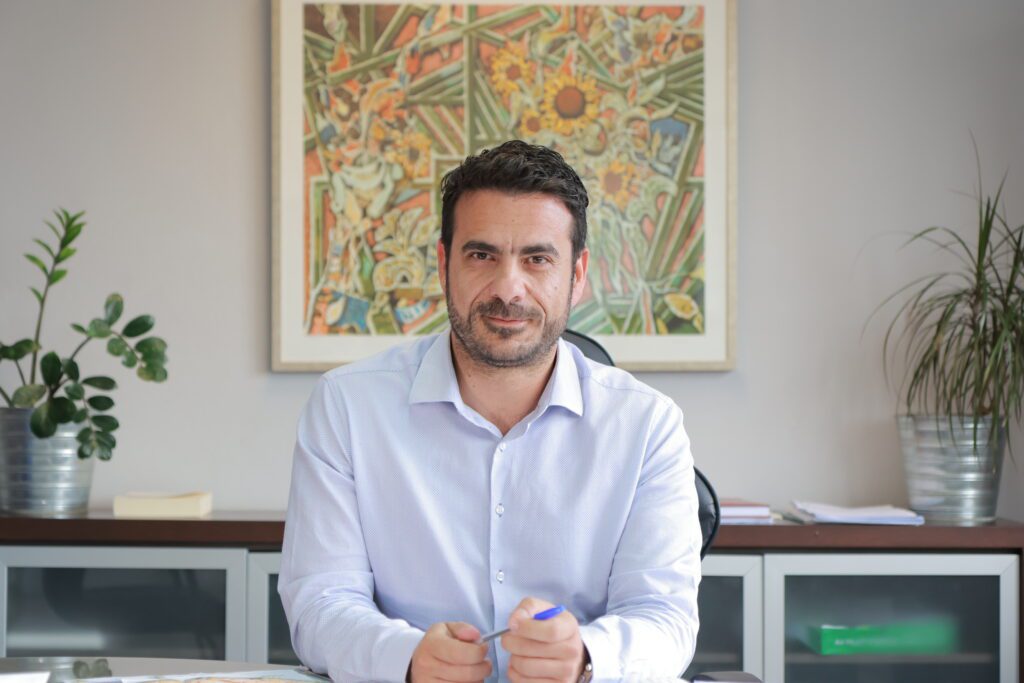Skift Take
Athens has had infrastructure shortcomings for quite some time. Climate change and a tourism boom magnified the problems. The city’s top tourism hopes greener upgrades can be a solution.
Athens, Greece, has been one of the fastest-growing tourist destinations in Europe. Last year, the city had a record 7 million tourists.
But Athens has been struggling to keep up with rapid growth. The influx of tourists has added strain to its public transportation, streets, roads, water, and waste management resources.
“We don’t have the infrastructure at this moment to deal with all these tourists coming and going from Athens to other parts of Greece,” said Andreas Grammatikogiannis, Athens’ deputy mayor for infrastructure.
The city’s infrastructure has been lagging behind that of other European cities. The Greek debt crisis from 2009 to 2018 didn’t help. Athens’ municipal government had to cut back on maintenance and infrastructure projects during that period.
Climate change has amplified the issue. “This rapid growth has left the city exposed to climate change,” said Grammatikogiannis.
Heatwaves killed at least five tourists this summer and were a top driver of negative traveler sentiment toward Greece in the second quarter, according to research by the Institute of the Association of Greek Tourism Enterprises. This year, Greece’s national government started charging tourists a ‘climate crisis fee’ to support natural disaster relief efforts.
Athens was the victim of the heat island effect, where cities become hotter than their surrounding areas, said Grammatikogiannis.
Making Athens More Comfortable During the Summer
The infrastructure chief is promoting more sustainable practices to reduce strain and improve the visitor experience. Athens aims to be carbon neutral by 2030.
“We’re trying now to create a network of small fountains for the tourists and citizens to have water during their walks through Athens,” Grammatikogiannis said.
Through large-scale developments, the city is introducing green roofs to buildings and is upgrading streets and pathways that allow cooler air flows.

To add more green spaces, municipal leaders have pledged to plant 5,000 trees a year. “We’re trying to make Athens more green. That will improve the microclimate of local areas. It will reduce temperatures during the summer months,” said Grammatikogiannis.
Athens is transforming Eliana, an undeveloped area, into Greece’s biggest park. “We are progressing intensively to restore Eliana’s area, which used to be a wasteland, and it will become one of the biggest parks in the country,” said Grammatikogiannis.
Tourists will also have alternative transportation options. By the end of 2028, the city aims to replace all diesel vehicles with electric ones and add more bike routes.
“We have a wide range of actions, and we will see how they go at the end of the term,” Grammatikogiannis said.

